
Representing space, and the experiencing of space, Part 1. Concepts, and theories of space (i.e., presenting and representing) and their role in place making, have been abundantly debated among philosophers, scholars, architects, and educators. From Kant to Hegel, from Giedion to Zevi, from Hejduk to Slutzky to name but a few, ontological, epistemological, and existential questions of what constitutes space, has given us (educators) much to think about, especially as we are trusted to impart fundamental notions of space, and more importantly architectural space, to students.
Category Archives: Architectural Education
Question of Pedagogy, Part 4

Question of Pedagogy, Part 4. These provocative questions defined the 1995 summer semester’s work for a group of master students from the architectural programs at the ETH Zürich, Switzerland, and the Fachhochschule in Köln, Germany. The educational endeavor had been in the works for some time, and with friends with whom I had studied at the EPFL, Switzerland, we launched this program to test and expand on traditional approaches to the production of architecture. This was done through a pedagogical stand investigating questions about the role of art and architecture within the context of urban interstitial spaces.
A?A
can contemporary Art be contemporary Architecture?
must architecture be building?
is there any need for architecture in present society?
PIA (Productions Investigations Architectures)—which morphed into PIAE (Pieter Versteegh and Bruce Dunning) and PIAUS (Henri T. de Hahn)—served as the umbrella organization for the program’s brief and to secure the lead faculty. In addition, PIA planned a series of lectures, symposia, field trips, and a memorable three-week opportunity for students to fabricate studio artifacts at the 1960 Unité habitation in Briey-en-Fôret, one of four Cité Radieuse designed by Franco-Swiss architect Le Corbusier (1887-1965). We were also fortunate to present the completed work at the Tanya Grunert Gallerie in Köln, and afterwards at the 1996 Architecture Triennale in Buenos Aires, Argentina. For all participants, the entire experience was both unique and memorable, and retrospectively, was an opportunity for all of us work at the inside edges of architecture and art.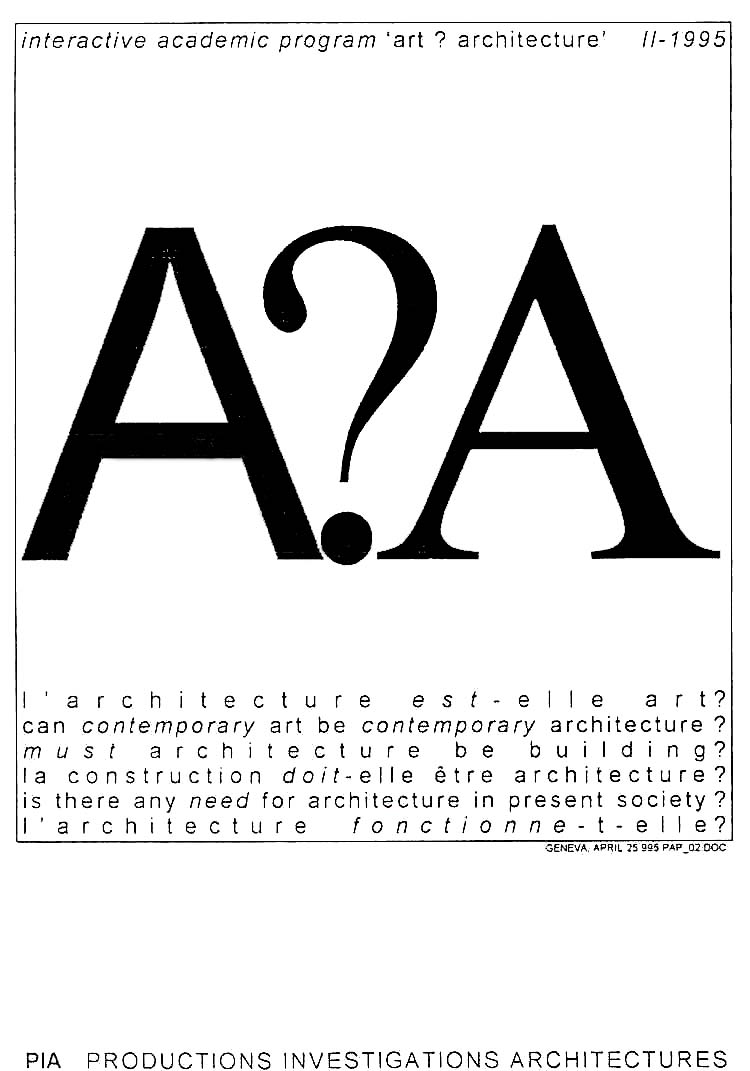
Context
Since I was currently teaching in the American educational system, my presence at the ETH brought a different sensitivity towards design and process. My students could learn outside of the norm (that was a standard of excellence), but from a perspective that was nevertheless very Swiss! During my formative teaching years in the United States, I learned that American education was distinctive in many ways, with less of a hierarchical master-student relationship, and more of a setting where faculty encouraged conceptual thinking, often pushing students to the edge of what was considered traditionally architecture. I now recognize that this mindset was found in most architecture schools throughout the US, and enables design education of an architect to be rather unique, compared to my own architecture education at the EPFL in Switzerland.
While I have come to cherish and implement many aspects of the American system in my teaching, I do still occasionally have issues when the locus of learning is outside of the boundaries of architecture, especially if the majority of project briefs are along this way of thinking. This approach often gives credence to incredible ideas, shapes, and forms, yet few are about the rigor and responsibilities of what I consider to be such a deeply anchored art form. Challenging the status quo is critical, as ideas emerge when we face complexities and contradictions. As educators, we must continue to instill in students that creativity and curiosity are about the future, but for me this position must temper originality with predictability; the latter meaning what is just and not simply new and fashionable intellectually and aesthetically.
Given that most of my teaching career is in architecture schools (with the exception of a two-year stint co-teaching at the Art Center in Vevey, Switzerland), I assume that my students want to become architects, and not artist, photographers, philosophers, or sociologists, all fascinating disciplines that have unfortunately allowed students to believe they are theorists and critics of architecture, rather than simply being outstanding and visionary in the making of architecture.
Not that any of those disciplines do not partake in the design thinking of architecture, but I do believe that when we talk of space making, architectural space is different from the space in literature, the space in politics, the space in art, and even the space between the living and the dead as recently described during this pandemic from those working in funeral parlors—staff no longer able to leave space for the last rituals between the departed and their loved ones.
This trend of enjoying working outside the edges of architecture seems to have exacerbated an American leitmotif that often defines architecture—or more precisely, many aspects of a five-year undergraduate education—as the best liberal arts education. While laudable as a rich learning environment, this stand flirts with educating architecture students primarily in areas of social sciences, arts, and humanities. While I continue to favor this American approach, I often see that for faculty, it can become an excuse to avoid teaching architecture, from the most mundane and banal thoughts to the poetry of space making. It’s not a matter of which way you start and impart knowledge, but more in the need to cover both bookends.
I often remind students that in Switzerland we learned how to first and foremost make a door, and when the basic technicalities were understood, we learned how to craft a door as a limit, a threshold, an edge, and a passageway—a spatial moment in a building. Vice versa, I like to provoke my students by arguing that in the United States, students tend to first learn about the poetics of a door and eventually, or perhaps never if a student does not show interest in learning about this specific architectural vocabulary, how a door is made, thus delegating it to other trades with the often-accompanying disappointments.
The Project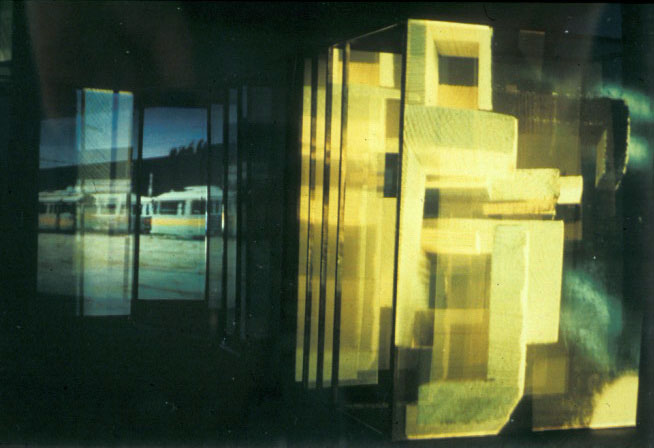 Image 1: Final project at the Tanya Grunert Gallerie
Image 1: Final project at the Tanya Grunert Gallerie
Within these observations, my endeavors with PIA had another ambition, which was to work with students within the far most inner edges of architecture and art. Participants were invited to experiment with the production of architecture within a contemporary urban environment. The investigations sought out the potential of the “city” with the “periphery”—a dialectic rather than an opposition.
Observing the city of Zürich within the “geography of the margins,” students developed a series of theoretical assumptions that led them to postulate that the experience of architecture could be done without a building, thus creating a series of deliverables that promoted an object and an interactive full-scale installation. Critical to the success of the projects were processes of research, dialogue and trust between students from Köln and the ETH. They created robust discussions on the analogies and differences between artistic, architectural and urban productions—all the while letting their cultural and social bias be slowly modified and incorporated in the projects.
 Image 2: Computer generated images of conceptual city and peripheral images
Image 2: Computer generated images of conceptual city and peripheral images
The reading of the city, the spelling of architecture and the drafting of an urban environment constituted the three phases of the process-oriented exercise. The students worked as individuals and as a group, and the final in-process object and installation were the result of both a conceptual and constructive realm of architecture.
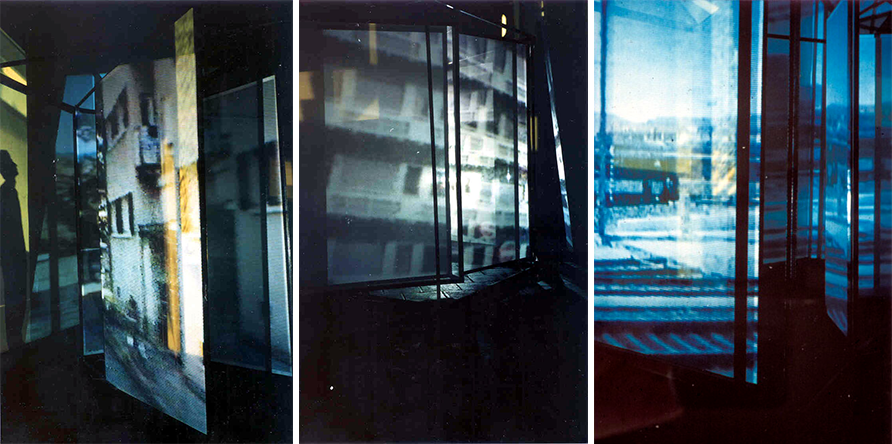 Image 3: Video film projected on the static and movable screens
Image 3: Video film projected on the static and movable screens
Both projects were brought to life through cutting, welding, stretching, fitting and polishing, which, although non-exhaustive as techniques of craftsmanship, became in the students’ hands testimonies of their architectural legacies through history and tradition. Although the proposed materials and practices of constructing were culturally embedded and familiar, the contents and spatial tectonics were part of the late 20th century.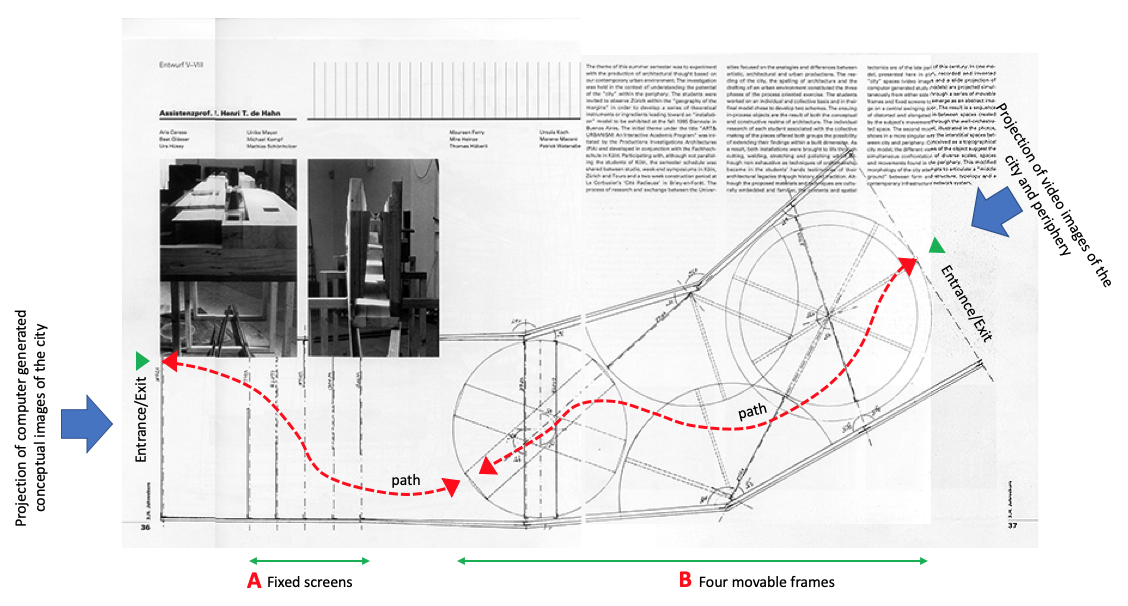 Image 4: Presentation of the project in yearly ETH-ARCH book, 1996
Image 4: Presentation of the project in yearly ETH-ARCH book, 1996
The full-scale installation that is the subject of this exposé (see above image 4 with presentation drawing in plan; the two photographs are of project 2 and not discussed here) were recorded and invented “city” spaces. Computer-generated study models (above image 2) and video films (above image 3) were projected simultaneously from both entrances/exits of the installation onto a series of fixed screens (A) and various movable thick and thin frames (B). The static screens were set parallel to each other while staggered diagonally to enable visitors to slip through the screens. The movable frames were to be operated separately while moving through the space, so that passageways were created by each participant.
The spatial results were fascinating and surprisingly sublime. For the viewer, it was a physical experience of distorted and elongated in-between spaces that were created by the subject’s movement through a self-orchestrated space. Their experiences became highly personalized as it was enhanced by an arbitrary time-space coordination of the projected slides and films as the audience proceeded through the space by opening and closing the movable frames. The spaces of the installation constantly changed, offering a dynamic thought-provoking experience of often recognizable moments of the city and its periphery.
 Image 5: Inspiration of the installation concept from the moving of the Zurich tram car
Image 5: Inspiration of the installation concept from the moving of the Zurich tram car
As with every project, there is always a key inspiration that underpins the conceptual thinking. One of them that was the genesis of the installation was the digital recording of the daily experiences that each of the students had going up to the Höngerberg—the main campus outside the city that housed the architecture program—by tram. The movement of each tram car—with its prismatic front and back, and movable electrical poles—created unique visual and physical interstitial spaces while negotiating the city streetscape. These spatial conditions within the tram were directly associated with the exterior context outside of the tram. These two simple yet complex elements were part of the students’ daily rituals, and in the minds of the authors were rich and sufficient enough to launch a critique on how city spaces may be perceived. Of course, these experiences influenced the overall shape of the installation as seen in image 4.
While I remain fond of this project, it is a reminder of how painfully many students strive to invent pretexts to legitimize their projects. The lessons are simple: that the power of observation and the collective autobiographies of the students are materials for a provocative architectural thesis, one that questioned architecture and art within their respective boundaries.
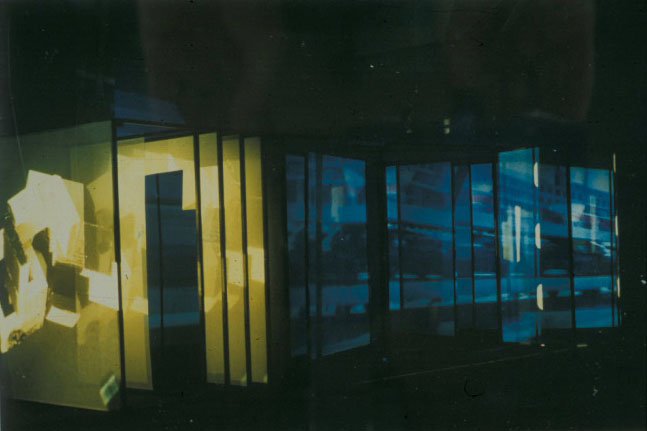 Image 6: Final project at the Tanya Grunert Gallerie
Image 6: Final project at the Tanya Grunert Gallerie
Architectural Education: Question of Pedagogy. Part 1
Architectural Education: Question of Pedagogy. Part 2
Architectural Education: Question of Pedagogy. Part 3
Architectural Education: Question of Pedagogy. Part 4
Architectural Education: Question of Pedagogy. Part 5
Architectural Education: Question of Pedagogy. Part 6
Question of Pedagogy, Part 3
 Question of Pedagogy, Part 3. Having taught second-year design studio for half of my academic life, I have always wondered how first year design exercises would benefit by being extended into architecture, thus having students learn the foundations of design and architecture sequentially, but through a single project.
Question of Pedagogy, Part 3. Having taught second-year design studio for half of my academic life, I have always wondered how first year design exercises would benefit by being extended into architecture, thus having students learn the foundations of design and architecture sequentially, but through a single project.
Question of Pedagogy, Part 2
 Question of Pedagogy, Part 2. Rarely have I wavered from my interest in teaching the discipline of architecture, one that is historically defined as a spatial art form. But on the few occasions that I have, it was because students took their research into such innovative and compelling directions that I could only lend them my full support.
Question of Pedagogy, Part 2. Rarely have I wavered from my interest in teaching the discipline of architecture, one that is historically defined as a spatial art form. But on the few occasions that I have, it was because students took their research into such innovative and compelling directions that I could only lend them my full support.
Question of Pedagogy, Part 1
 Question of Pedagogy, Part 1. As a student, I remember fondly our first studio day of the semester. It was always magic and full of promise. The faculty member would introduce her or himself, describe the expected requirements for a healthy studio culture, and proceed to share thoughts on the pedagogical intentions offered by the program’s brief.
Question of Pedagogy, Part 1. As a student, I remember fondly our first studio day of the semester. It was always magic and full of promise. The faculty member would introduce her or himself, describe the expected requirements for a healthy studio culture, and proceed to share thoughts on the pedagogical intentions offered by the program’s brief.
What does built-in cabinetry have to do with architecture?
 What does built-in cabinetry have to do with architecture?.There is always a practical answer to the program of a room so that “one’s sense of well-being takes priority over any theoretical concerns.” One way to investigate this is to learn how to design furniture and built-in cabinetwork to enhance the program. For many students, this exercise is eye opening, especially in the early years of their architecture studies.
What does built-in cabinetry have to do with architecture?.There is always a practical answer to the program of a room so that “one’s sense of well-being takes priority over any theoretical concerns.” One way to investigate this is to learn how to design furniture and built-in cabinetwork to enhance the program. For many students, this exercise is eye opening, especially in the early years of their architecture studies.
Why Model Sketching? Part 2
 Why Model Sketching? Part 2. As a student attending Cooper Union, I vividly remember the first time I saw one of my peers “sketch” in model form. While I was well versed in sketching through drawing, and was particularly fond of diagraming concepts to develop ideas, I was surprised by this new method of allowing ideas to emerge like in a sketch, but within a three-dimensional context. There was something seamless between idea and representation, between thinking, seeing, and how the hand dances while crafting the model. I was hooked and wanted to explore this new process.
Why Model Sketching? Part 2. As a student attending Cooper Union, I vividly remember the first time I saw one of my peers “sketch” in model form. While I was well versed in sketching through drawing, and was particularly fond of diagraming concepts to develop ideas, I was surprised by this new method of allowing ideas to emerge like in a sketch, but within a three-dimensional context. There was something seamless between idea and representation, between thinking, seeing, and how the hand dances while crafting the model. I was hooked and wanted to explore this new process.
Architectural Education: about conceptual diagraming
Architectural Education: about conceptual diagraming. I cannot count the number times I’ve listened to colleagues and former professors of mine promote the idea that learning about architecture begins by confronting Architecture (yes, with a capital A) with one’s prejudices about what constitutes a building. While I often question this pedagogical approach, especially as a way to initiate students to architecture—possibly denying their “suburban” autobiography—I favor that any learning about architecture (yes, with a lower-case a) should be, first and foremost, about finding a strong ethic, method of self-reflection, and empathy toward creating an art form based on space making.
Continue reading Architectural Education: about conceptual diagramingWhat does the choice of furniture have to do with architecture?

What does the choice of furniture have to do with architecture? In recent years, I have proposed a loft renovation project for my second-year architecture studio students, with an emphasis on interior design principles that extend to the selection of furniture and the detailing of cabinetwork.
Continue reading What does the choice of furniture have to do with architecture?Peter Zumthor, the lemniscate, Part 2
Peter Zumthor, the lemniscate, Part 2. While one finds many free-standing architectural masterpieces that utilize a single geometrical shape, few buildings have had an impact on me more than Peter Zumthor’s (1943-) Caplutta Sogn Benedetg near Sumvtig, Switzerland (1985-1988). The chapel, its siting and usage of materials, and the all-encompassing interior space are pure poetry.
Continue reading Peter Zumthor, the lemniscate, Part 2
